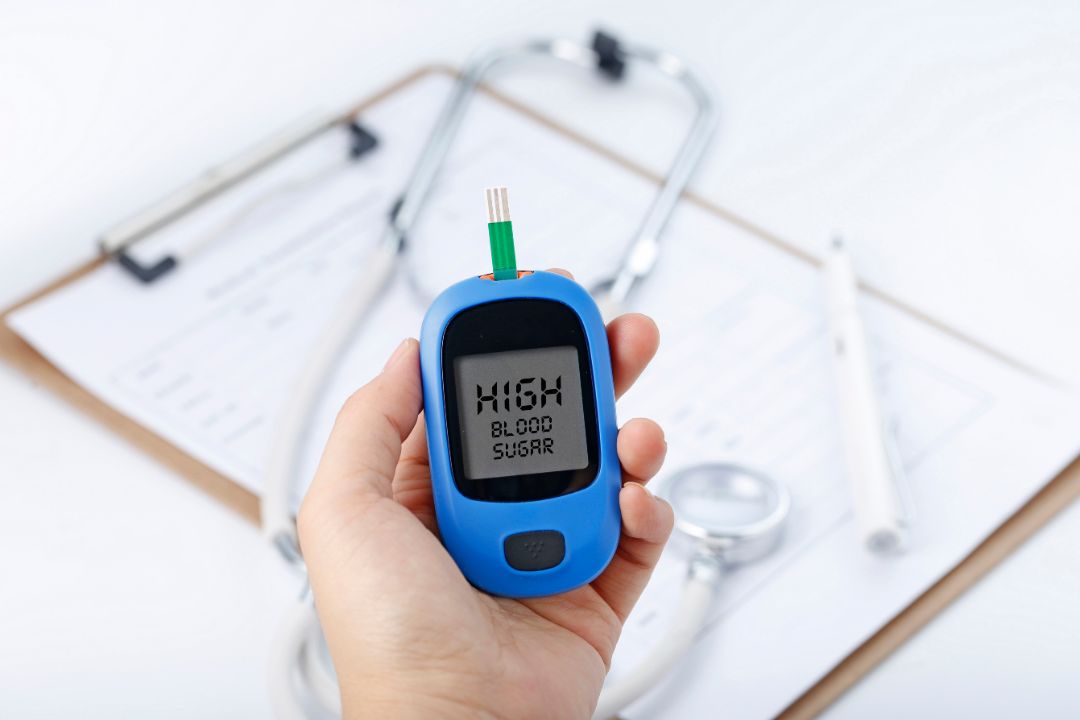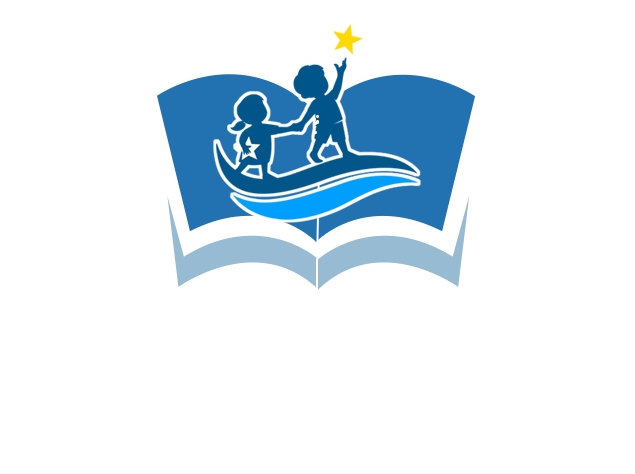Diabetes
Home » Diabetes Type 1 and Type 2
Diabetes is a chronic disease that causes high blood sugar levels. During childhood, the commonest type of diabetes is known as Type 1 Diabetes (insulin dependent), where your body does not make insulin and the blood sugar level increases.
Type 2 Diabetes (non-insulin dependent) is less common and is seen more often in older overweight children. If you have type 2 diabetes, it means that your body is not using insulin well.
A rare form of diabetes called “Neonatal Diabetes” is seen in children less than 6 months- 1 year of age. This could be temporary or permanent and may respond to oral medicines. Patients with high blood sugar will typically experience polyuria (frequent urination), polydipsia (increased thirst), and polyphagia (hunger). While there is no cure for diabetes, it can be controlled through proper diet, exercise, and medications.

What is Diabetes?
All parts of our body are made of cells. These cells need energy so that we can perform various activities like walking, talking, thinking, etc. This energy is derived from sugar.
Diabetes is a disease in which the body is unable to utilize the sugar properly and this results in high blood sugar levels. This may be due to a deficiency of a hormone called insulin, which is needed for utilizing the sugar in our body or sometimes the body may stop responding to the insulin in our body. In such cases, insulin levels may be raised.
Where does sugar come from?
Sugar comes from the food we eat. After we eat, most of the sugar is changed to glucose. This glucose is taken into the bloodstream and the blood sugar goes up. Sugar cannot go into most of the body’s cells by itself. It needs help to enter the cells, and this help is provided by insulin.
Where does Insulin come from?
The pancreas is an organ in the tummy near the liver. The pancreas has special cells called beta cells, which produce insulin. When the blood sugar goes up, the pancreas produces insulin. This insulin goes into the bloodstream and helps bring the blood sugar to normal.
What happens when there is not enough insulin (as in diabetes)?
- The blood sugar goes up because the sugar cannot go from the bloodstream into the cells, in the absence of insulin.
- The excess sugar begins to spill over into the urine. As sugar spills into the urine, it draws water from the body, so you must pass urine more often (polyuria).
- Since water is being lost from the body because of increased urination, you become very thirsty and drink a lot of water(polydipsia). This is your body’s way of trying to replace all the fluid you are losing from urinating too much.
- There is weight loss because sugar (calories) is being lost in the urine. The body needs energy for working which comes from sugar and fats. In the absence of insulin, the sugar in blood cannot enter the cells, to be used for energy. Hence the body cells use fat for energy.
What are the Types of Diabetes?
There are two types of diabetes. These are called Type 1 and Type 2 diabetes.
Type 1 diabetes is also known as Juvenile or Insulin Dependent Diabetes Mellitus (IDDM). This is the most common form of diabetes in young children. In Type 1 Diabetes Mellitus, the beta cells in the pancreas do not make insulin. The person must take insulin by injection.
Type 2 or Non-Insulin Dependent Diabetes Mellitus (NIDDM) occurs more often in adults, especially if they are obese, although now more and more young children are also developing this form of diabetes. In persons with Type 2 diabetes mellitus, some of the beta cells still produce insulin. In fact, at times, they make even more insulin than normal, but the body does not respond to the insulin.
People with Type 2 diabetes may be able to
- Improve blood glucose levels with diet and exercise or take tablets to:
- improve their insulin production from the pancreas, or
- improve the action of insulin on the cells.
Sometimes, the person may have to take shots of insulin.
What is the reason for developing Diabetes?
Type 1 or childhood diabetes occurs because the beta cells in the pancreas stop working. This happens because antibodies that are normally supposed to protect our body by fighting infection are produced against the pancreas. These antibodies treat the pancreas like an enemy and destroy the beta cells. Hence Type 1 diabetes is an autoimmune disease. This may occur because of certain viral infections. It is believed that when one develops a viral infection, the body to kill the virus starts making antibodies against its own cells (beta cells) by mistake and destroys the beta cells.
One does not inherit Type 1 diabetes but inherits the tendency to develop these antibodies. Therefore, you may develop it even if nobody else in your family has diabetes. You will seldom find several affected members in a family unlike Type 2 diabetes.
Type 2 diabetes or NIDDM tends to be inherited. One acquires the gene for diabetes from one or both parents just as we inherit the color of our skin, eyes, etc. Obese people have a higher risk of developing this type of diabetes because of the poor response to insulin. This type of diabetes tends to run in families, and you may find several affected members in a family.
What is the treatment for Diabetes?
The blood sugar is high in both Type 1 and Type 2 diabetes, but the reason for this is different.
Patients with Type 1 diabetes cannot produce their own insulin and hence need to take insulin, which is only available as injections at this time. Along with insulin, patients with Type 1 diabetes need certain dietary restrictions. Since food increases the blood glucose level and exercise lowers the blood glucose level, a balance must be maintained between dietary intake and exercise.
Those with Type 2 diabetes can produce their insulin, although they may need dietary control, physical activity, and tablets to improve their insulin production, or to improve the effect of their insulin.

